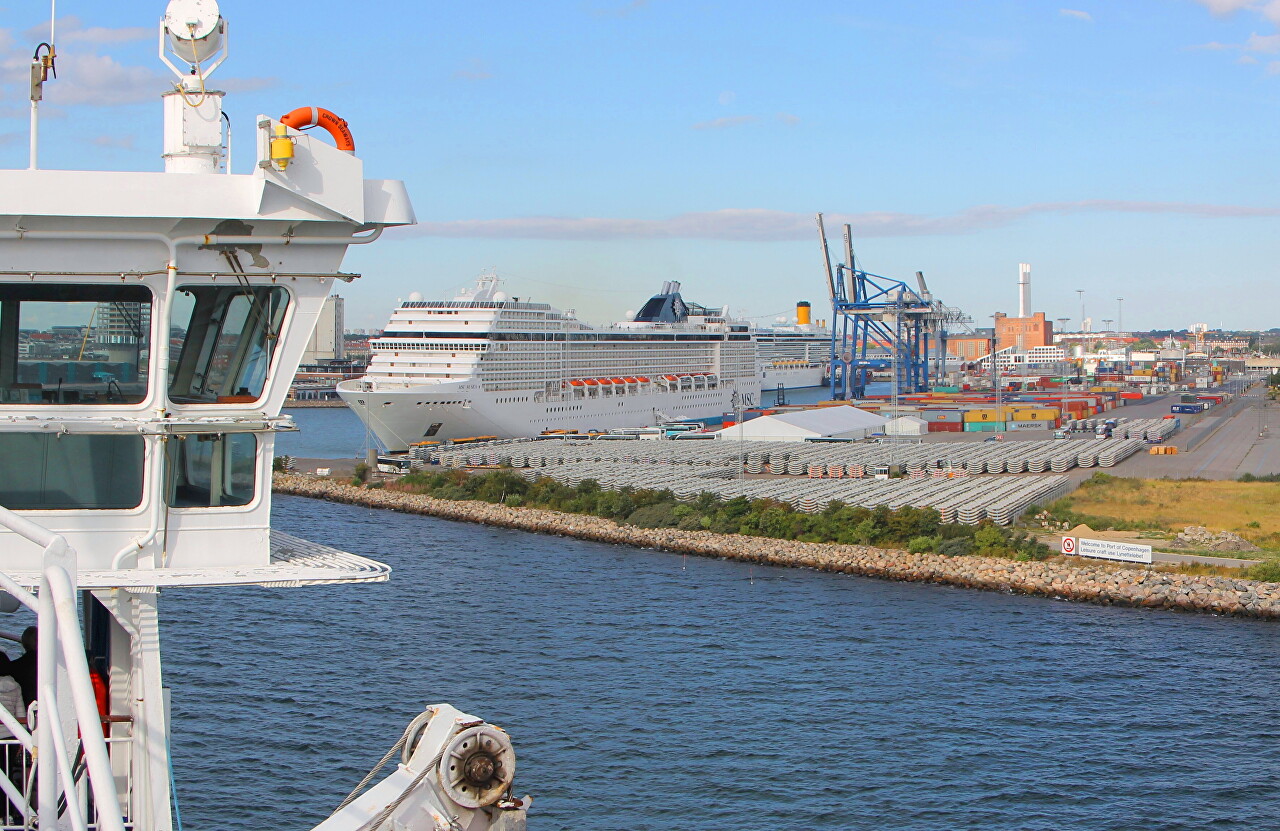Nordhavnen Artificial Peninsula
The Northern Harbor (Nordhavnen), built after the First World War to the north of Sendre Frihavn (the Southern Free Port). In 2005, the Government and the city authorities decided to expand the urban area by creating artificial lands in shallow waters near the Northern Harbor. In 2008, a project competition was announced, and in February 2013, piling began to form the shores of the new area. As you can see, a lot of work has been done in just six months. Alluvial soil is used to fill the territory, as well as extracted during the construction of the subway and other underground structures. A new residential and industrial area of more than two square kilometers is planned to be fully built by 2023-25..
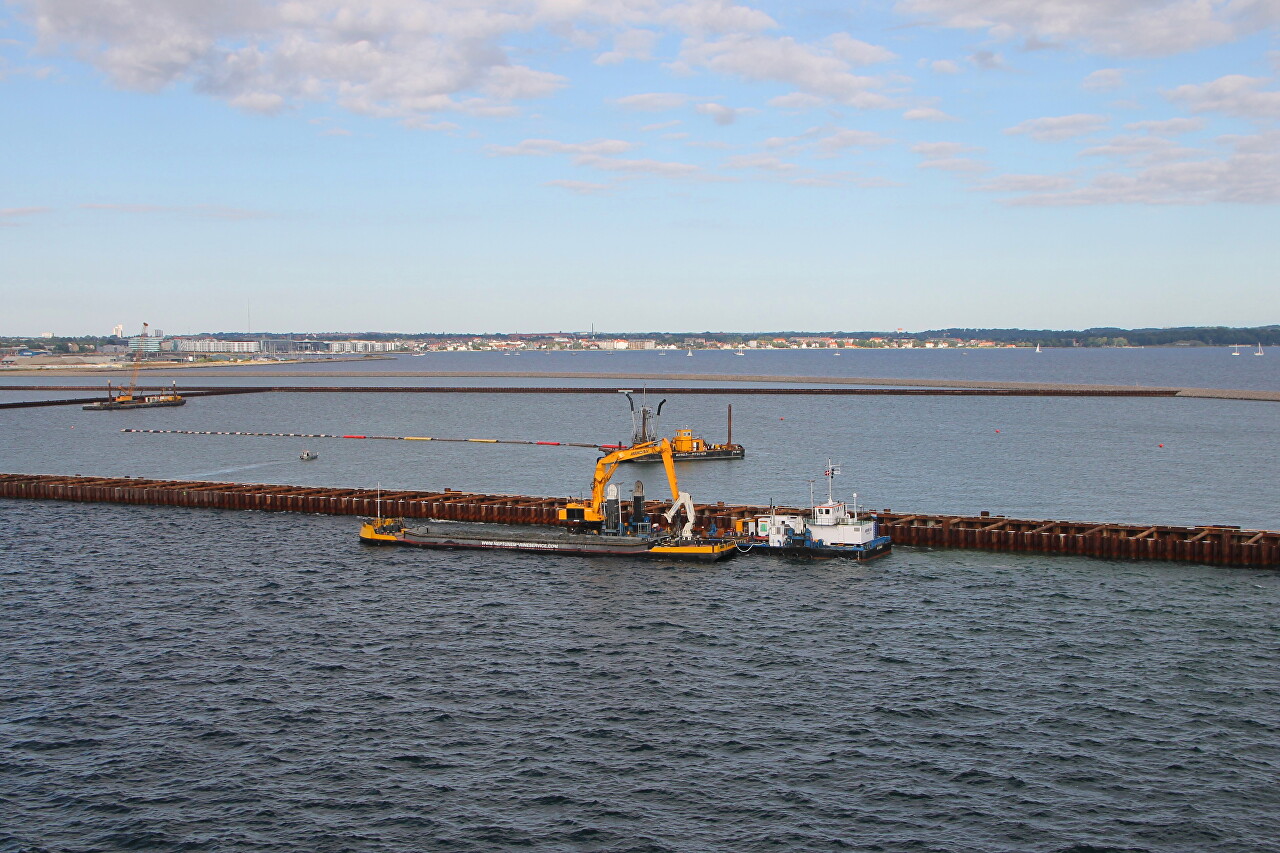
..
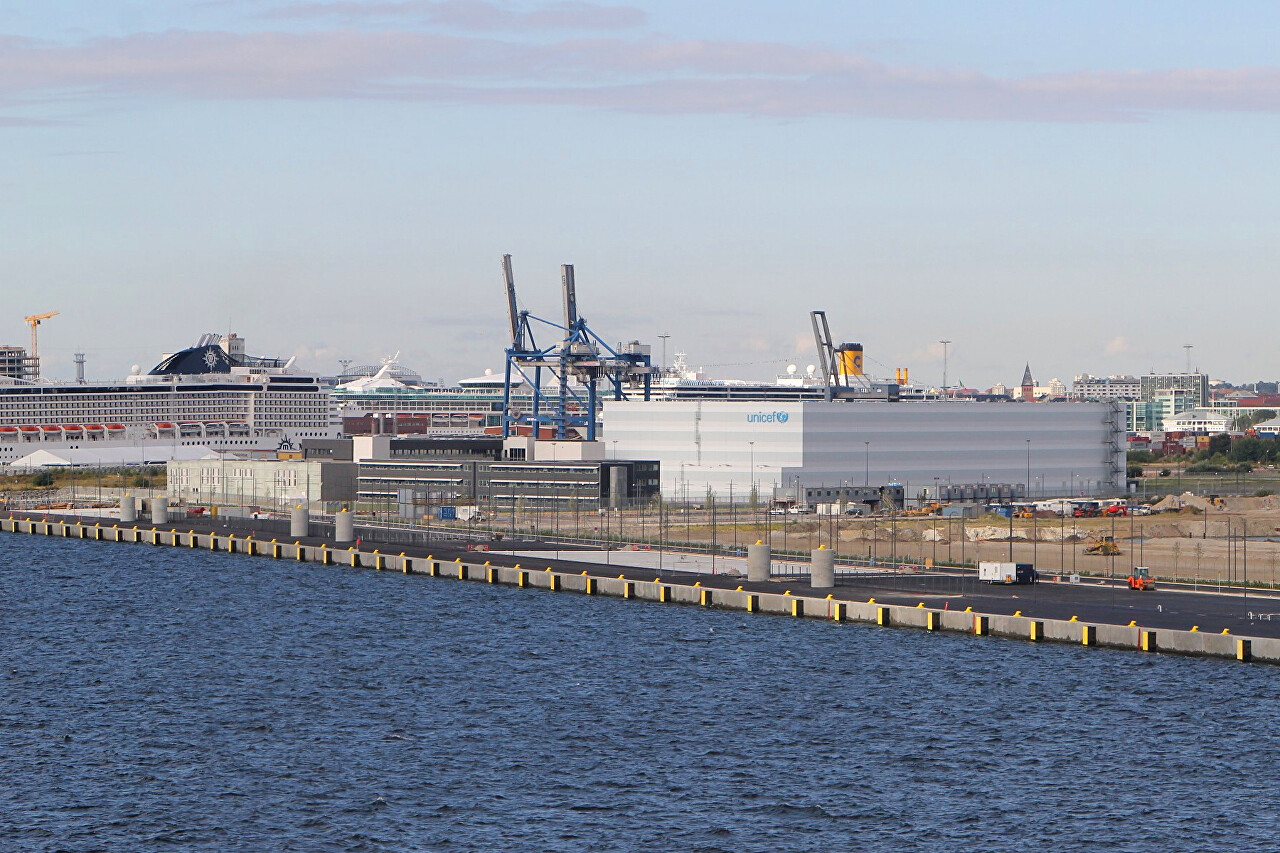
..
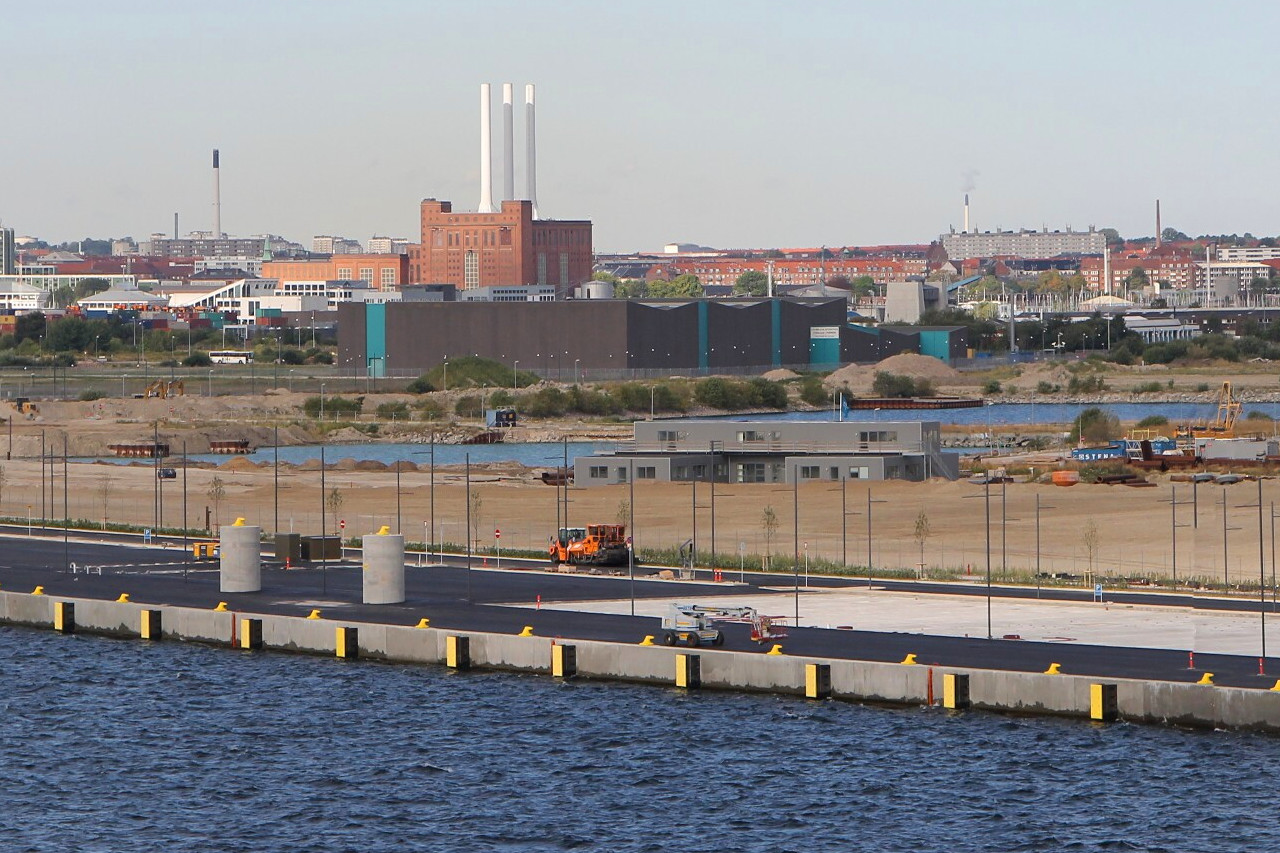
..
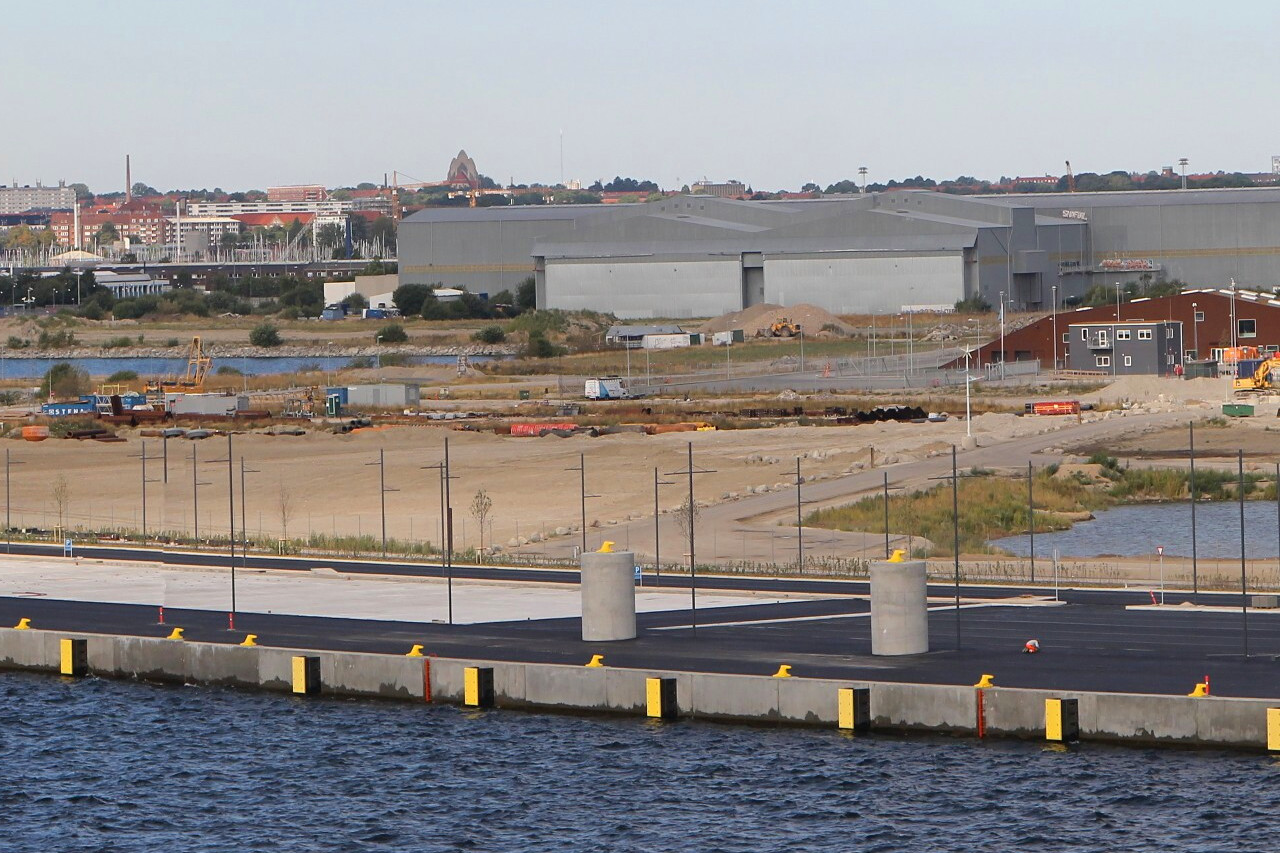
..
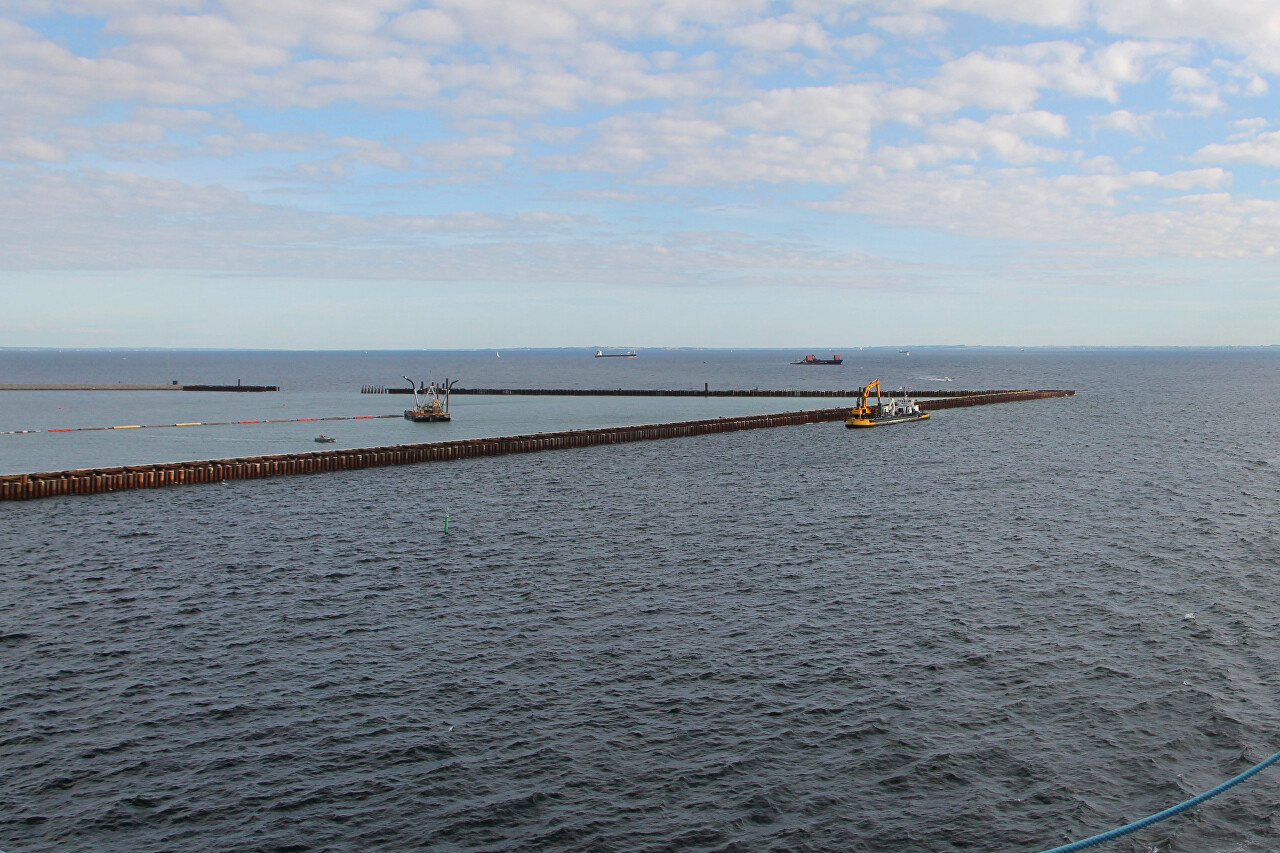
..
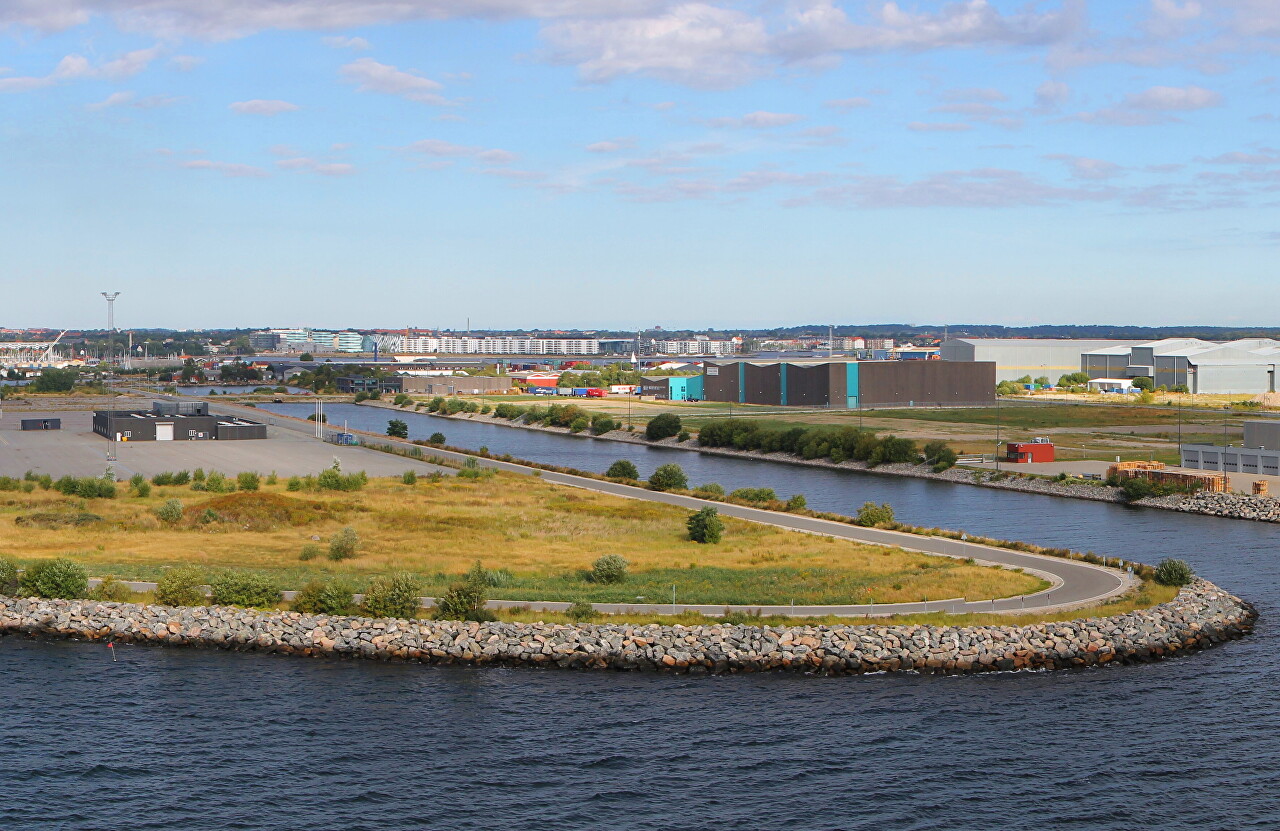
..
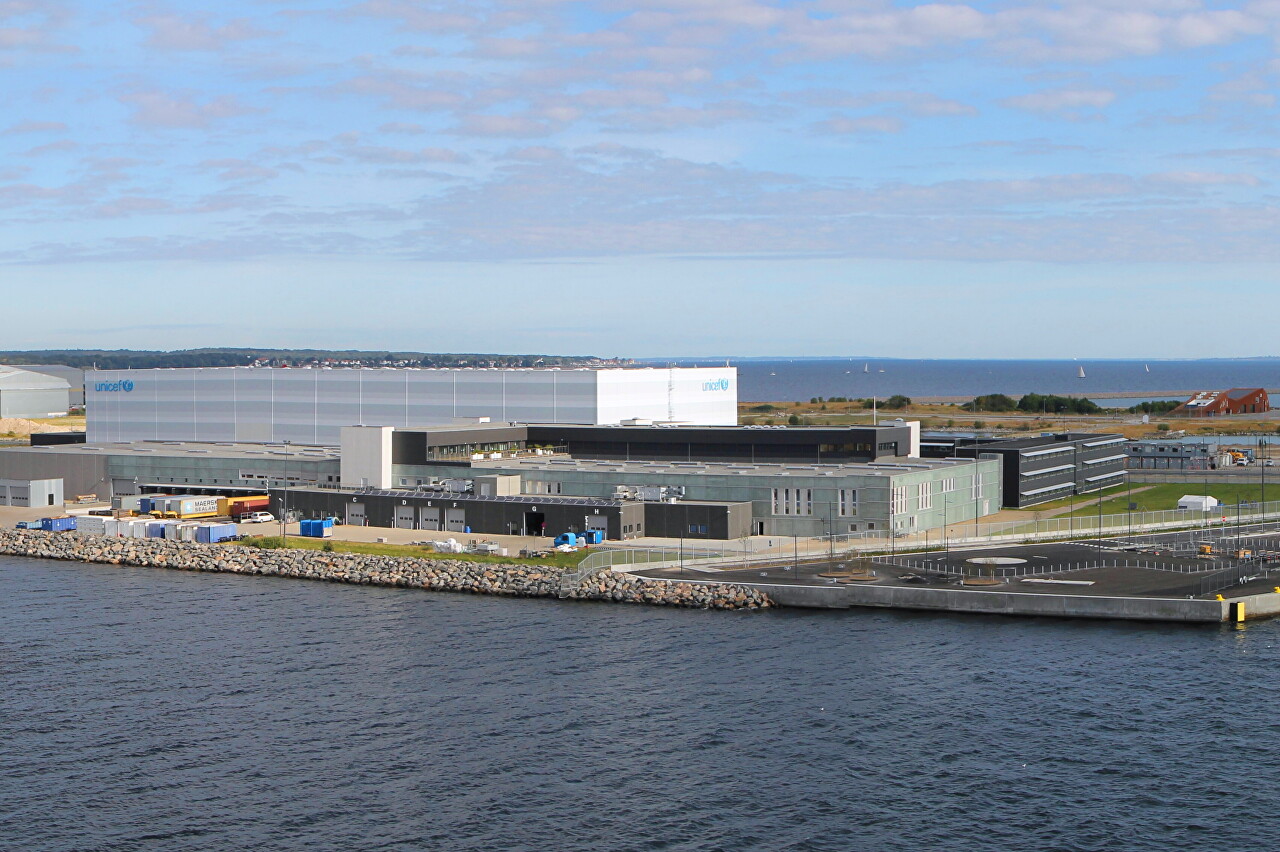
..
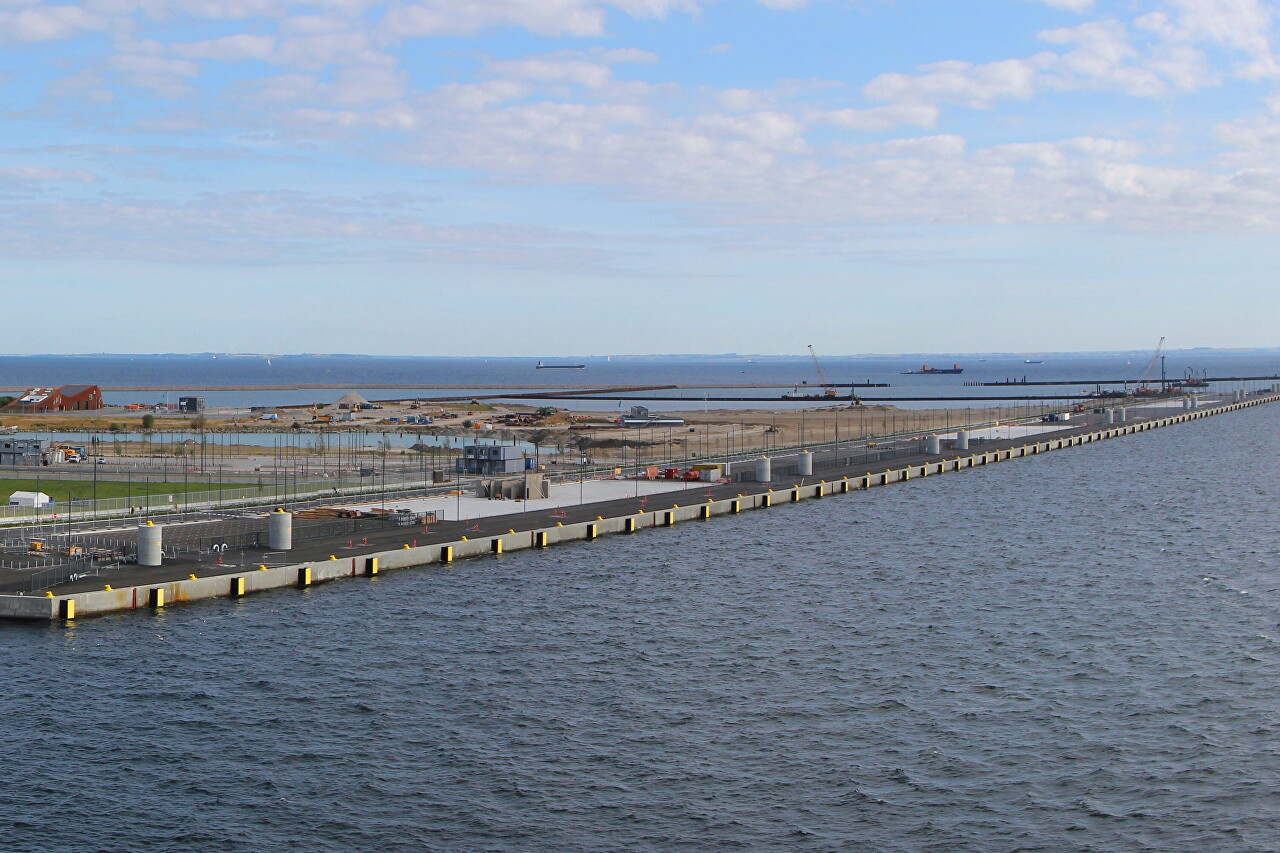
..
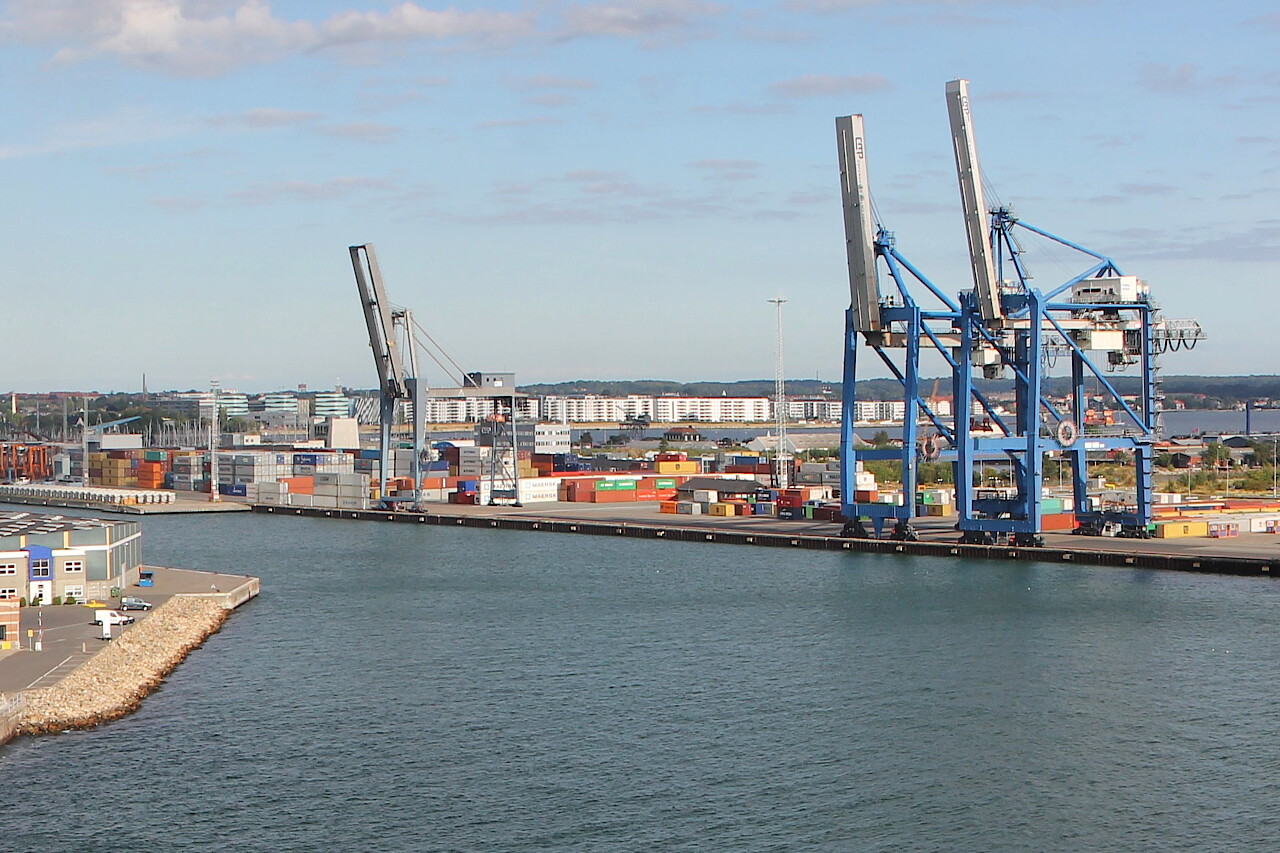
..
